Perfect Suit Jacket Fit Guide

Key Takeaways:
- Fit is Everything: A properly fitted suit jacket enhances confidence, comfort, and overall appearance. Focus on shoulders, chest, and sleeve length for a polished, tailored look.
- Versatility And Longevity: A well-fitted jacket can be styled for various occasions and lasts longer due to reduced fabric stress, making it a worthwhile investment.
- Avoid Common Fit Mistakes: Shoulder misalignment, improper sleeve length, and tight chest fits can ruin the jacket’s look. Prioritize precise measurements and professional tailoring for the best results.
A suit jacket should feel like a second skin—sharp, effortless, and made for you. Too tight, and you’ll look stuffed into it. Too loose, and it loses all structure. The perfect fit isn’t just about looking good; it’s about feeling confident, moving comfortably, and wearing a suit how it was meant to be worn.
Whether you're dressing for work, a wedding, or just leveling up your everyday style, getting the fit right makes all the difference. This guide breaks down exactly how a suit jacket should fit—from shoulders to sleeves—so you can look and feel your best every time you put one on.
Understanding The Importance Of A Perfect Fit
When perfectly fitted, a suit jacket transcends mere clothing and becomes an extension of your presence. It’s about more than just looking good—it's about feeling confident and comfortable in your skin.
The Psychological Impact Of A Well-Fitted Jacket
A suit jacket that fits correctly instills a sense of self-assurance. This confidence translates into how you carry yourself, influencing interactions and perceptions. A jacket that’s too tight restricts movement and creates discomfort, while one that’s too loose appears sloppy. Achieving the right fit allows you to focus on the task, unburdened by clothing distractions.
Proportional Harmony And Visual Appeal
A perfect fit is about achieving proportional harmony. The shoulders, sleeves, and length of the jacket should align with your body’s natural lines, creating a streamlined silhouette. This attention to detail enhances your overall visual appeal, conveying a sense of sophistication and attention to detail.
Versatility And Style Confidence
A properly fitted suit jacket can be dressed up or down, whether you pair it with dress pants for formal occasions or wear it with chinos for a smart-casual look. When the fit is right, the styling possibilities expand effortlessly.
Longevity And Value Of Your Investment
A well-fitted jacket not only looks better but also lasts longer. When a jacket fits correctly, there’s less stress on the seams and fabric, reducing wear and tear. This ensures that your investment remains a staple in your wardrobe for years, providing high value.
Key Elements Of A Proper Suit Jacket Fit: A Visual Guide
Understanding how a suit jacket should fit is crucial for achieving a polished and sophisticated appearance. Here at Sartoro, we strive to ensure your suit jacket fits perfectly, enhancing your silhouette while offering exceptional comfort. Let’s explore the essential elements contributing to an immaculate fit, supported by visual cues to guide you through a well-tailored look.
Shoulders
The shoulders are the foundation of a well-fitting suit jacket. The seam should lie flat and align perfectly with the natural edge of your shoulders. Any deviation—such as drooping or pulling—signifies an ill fit. A fitted jacket will enhance your natural build, ensuring a sharp, commanding presence.
Chest
An ideal chest fit should feel snug yet comfortable, allowing enough room for movement without excess fabric. The lapels should sit flat against your chest and not bow out or gap when the suit jacket is buttoned. This balance is vital for a clean and streamlined look.
Waist
The jacket's waist should mirror your torso's natural shape, slightly tapering inwards to create a flattering silhouette. It should be form-fitting but not restrict movement—it should gently contour your body without pulling or bunching, even when buttoned.
Jacket Length
The length of the jacket is integral to achieving proportion and balance. Generally, a suit jacket should cover the bottom of your trousers' pockets, resting around mid-crotch level. This ensures a harmonious division between the upper and lower halves, contributing to an elegant profile.
Sleeve Length
Proper sleeve length is crucial for showcasing shirt cuffs and achieving a polished finish. Advocate for sleeves that stop just above the wrist bone, allowing a quarter to half an inch of shirt cuff to be visible. This subtle touch adds refinement and attention to detail.
The Shoulder Test: Ensuring Your Suit Jacket Fits Correctly
When assessing the fit of a suit jacket, the shoulders are one of the most critical areas to evaluate. A well-fitting shoulder sets the foundation for the entire silhouette of the jacket, ensuring a sharp and sophisticated look. Here's a detailed guide to help you master the shoulder test.
The Importance Of Shoulder Fit
The shoulders of a suit jacket should align perfectly with the natural lines of your frame. Good shoulder fit is crucial because if the shoulders are off, it can affect the jacket's overall symmetry and proportion. Unlike other parts of the jacket, tailoring the shoulders post-production can be complex and costly, making it essential to get right from the start.
Identifying The Perfect Shoulder Fit
- Shoulder Seams: The seam where the sleeve meets the shoulder should lie at the edge of your shoulder bone. There should be no overhang or bunching, as this indicates an oversized fit.
- Flat and Smooth Fabric: The fabric over the shoulders should be smooth without any wrinkles or pulls, signaling that the jacket is too tight or loose.
- Natural Movement: Raise your arms to check the mobility granted by the shoulder design. The jacket should allow full motion without causing tightness or warping.
Common Shoulder Fit Issues
Overextended Shoulders
If the shoulder seam is hanging noticeably beyond your natural shoulder point, the jacket is too large. This excess fabric can disrupt the suit's lines, creating a sloppier appearance.
Restricted Shoulders
The jacket is too tight if the shoulders feel constrictive, especially during movement. Not only is this uncomfortable, but it also limits the jacket's lifespan due to increased wear and strain on the fabric.
Sleeve Length And Cuff Visibility: A Proportional Guide
Achieving the perfect sleeve length is crucial for a refined appearance. When a suit jacket fits properly, it compliments one's stature by ensuring proportion and harmony with the rest of the garment. At Sartoro, our meticulous craftsmanship ensures your sleeve length is always impeccable, respecting traditional aesthetics and modern sensibilities.
The Ideal Sleeve Length
A well-fitting suit jacket sleeve should end just above the wrist bone. This length allows for optimal comfort and mobility and displays impeccable symmetry with the rest of the ensemble. The goal is to ensure the jacket sleeve complements the shirt underneath without overwhelming the wearer's natural arm length.
Cuff Visibility
A hallmark of sophistication is the subtle visibility of the shirt cuff beyond the jacket sleeve. Ideally, between a quarter and half an inch of the shirt cuff should show when your arms are resting naturally at your sides. This delicate balance shows the shirt's fabric and craftsmanship, often coordinated with other elements like the tie or pocket square.
The visibility of the cuff not only underscores a suit's detailed tailor-made nature but also aligns with traditional fashion guidelines, enhancing the overall refined look.
Jacket Length And Body Proportions: Achieving The Ideal Balance
Understanding how a suit jacket should fit involves more than just ensuring it feels comfortable—it requires achieving the perfect balance that complements your body proportions. This section explores how to master this delicate equilibrium to enhance your appearance.
Understanding The Appropriate Jacket Length
Determining the correct jacket length is essential for achieving a harmonious look. A well-fitted jacket should drape elegantly over your frame, extending to the mid-point between your thumb knuckle and wrist when your sides relax your arms. This allows the jacket to cover your seat without overwhelming your stature, contributing to a polished and professional appearance.
Balancing Body Proportions With Jacket Fit
Every man’s body is unique, and Sartoro’s Digital Tailor system is designed to capture this individuality by adapting traditional tailoring techniques with modern technology. For taller gentlemen, slightly longer jackets can add grace and structure, while shorter jackets can help those of more modest height achieve a balanced silhouette.
Chest And Torso: How To Gauge A Comfortable Suit Jacket Fit
The perfect suit jacket fits around the chest and torso and is essential for comfort and style. Here's a closer look at how to assess whether your suit jacket is flawless in these critical areas:
Evaluating Chest Fit
Begin by assessing how the suit jacket feels when buttoned up. A jacket that fits well over the chest should feel snug but not tight. There should be no visible pulling or creasing across the fabric when the top button is fastened, a common indicator that the jacket is too tight. Additionally, you should avoid excessive space, which can lead to a sloppy appearance and indicate a fit that is too loose.
Checking Torso Comfort
The torso of the suit jacket should contour smoothly with the natural form of your body, providing enough room for movement without excess fabric. To judge this, consider how easily you can move your arms and shoulders. When you extend your arms forward, there should be minimal resistance, allowing you to maintain both dexterity and comfort. The back of the jacket should remain flat against your body without any wrinkles or tension lines.
Identifying Ideal Length
The length of the suit jacket should appropriately cover your posterior without being overly long or appearing cropped. A good general rule of thumb is that the bottom of the jacket should fall just around the midpoint of your crotch, creating a balanced silhouette. This measurement assures that the jacket sits well, contributing to an overall refined look.
Collar And Armhole Considerations: Avoiding Common Fit Issues
When evaluating how a suit jacket should fit, the collar and armholes require special attention to ensure a polished and professional appearance. These elements significantly impact both comfort and the overall aesthetic of your suit. Let’s delve into some key considerations that can help you avoid common fit issues.
The Perfect Collar Fit
The collar of your suit jacket is crucial to maintaining a neat and structured look. It should rest comfortably against the back of your neck without any noticeable gaps or bunching. An ill-fitting collar, whether too tight or loose, can detract from the sleek lines of your ensemble. Ensuring that the collar complements the contours of your neck and sits correctly will maintain the elegant silhouette.
Ensuring Comfortable Armholes
Armhole fit is another critical aspect that should not be overlooked. A well-fitted armhole allows for a natural range of movement without excess fabric constraining your arms. Too tight, and the jacket will feel restrictive; too loose, and it might look sloppy. The armholes should be correctly positioned to offer comfort and style.
Addressing Sleeve Pitch
The angle at which your sleeves hang can influence the overall drape of your suit. This subtle detail, known as sleeve pitch, affects the appearance of your jacket from multiple angles. Achieving the correct sleeve pitch means aligning the sleeve with your natural arm posture, a detail that can vary with different physiques.
Common Suit Jacket Fit Mistakes And How To Avoid Them
Below, we explore some typical fit errors and guide you in seamlessly avoiding them.
Shoulder Fit Issues
The shoulders of a suit jacket should lie flat without any ripples or puckering. A jacket that is too tight or too loose in the shoulders can hinder movement and give off an awkward silhouette. To avoid this, accurately measure the distance across your back and shoulders, ensuring the jacket’s shoulder seams align perfectly with your natural shoulder line.
Sleeve Length Errors
The ideal sleeve length allows about half an inch of your shirt cuff to be visible. Too long, and the jacket appears oversized; too short, disrupting the stylish harmony between the shirt and jacket. Accurately assessing the length from your shoulder to wrist is vital.
Chest And Waist Discrepancies
A common fit mistake is selecting a jacket that is either too tight or too loose around the chest and waist. The jacket should comfortably button without pulling at the fabric or ballooning at the sides.
Ill-Fitting Lapels
Lapels should sit flat against your chest. Buckling or gaping indicates an improper fit that diminishes the jacket's sleek look. The right lapel size and shape complement your body type and create a polished appearance. Be sure to consider this detail when customizing your jacket with Sartoro’s selection of bespoke options.
By proactively addressing these common fit mistakes, you ensure that every Sartoro suit jacket not only meets but exceeds your expectations in style and comfort.
Final Thoughts
A well-fitted suit jacket is more than just a fashion statement—it’s a tool for confidence, style, and long-term value. Paying attention to details like shoulder fit, chest comfort, and sleeve length can ensure your jacket enhances your silhouette and complements your overall look. Whether dressing for a formal event or elevating your daily wardrobe, mastering the art of fit will set you apart. Invest in quality, prioritize fit, and embrace the confidence that comes with a suit that feels made just for you.
Read also:
- Types Of Suits: A Guide To Styles, Cuts, And Occasions
- Can You Wear A Suit Without A Tie? Style Rules & Tips
- How To Create The Perfect Broken Suit Look For Any Occasion
Frequently Asked Questions About Perfect Suit Jacket Fit Guide
Should a suit jacket be able to button easily?
Yes, a suit jacket should button without strain or pulling. When fastened, the jacket should feel comfortable around the chest with no gaps or tightness.
Is it better to size up or down for a suit jacket?
It is generally better to aim for a snug fit rather than sizing up. A jacket that hugs your natural shape but isn't tight, will offer a more polished appearance. However, with Sartoro's Digital Tailor system, precise measuring ensures an accurate fit, minimizing the need for guessing.
What are the signs of a poorly fitting suit jacket?
Signs include shoulder seams that don't align with the edge of your shoulders, sleeves that are either too short or excessively long, and a chest area that pulls or sags. The jacket should drape naturally without any evident strain.
Can a tailor adjust a suit jacket that's too large?
Yes, a tailor can make several adjustments to a suit jacket, such as taking in the sides, adjusting the sleeves, and shortening the hem. With Sartoro's Fit Promise, we provide free alterations and even a remake, if necessary, to ensure your jacket fits impeccably.
How do different materials affect the fit of a suit jacket?
Different fabrics provide varying levels of drape and flexibility. Wool, being a popular choice, offers a natural stretch and breathability, ensuring comfort and a sophisticated look.
What's the difference between a slim fit and a classic fit in suit jackets?
A slim fit jacket is more streamlined and contoured to the body, offering a modern and sleek silhouette. In contrast, a classic fit provides more room in the chest and waist, prioritizing comfort while maintaining a traditional aesthetic.




















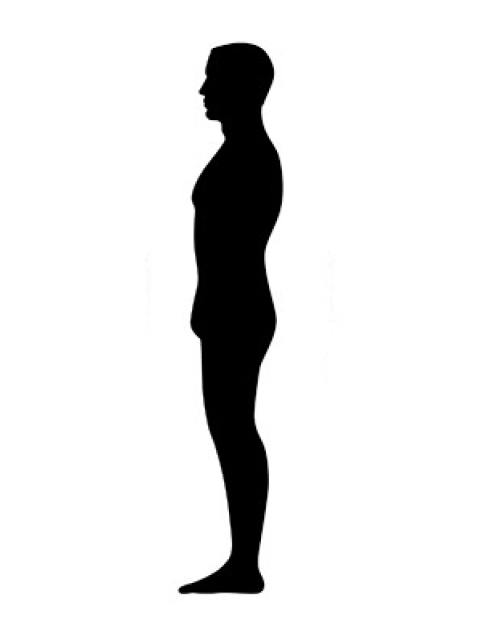
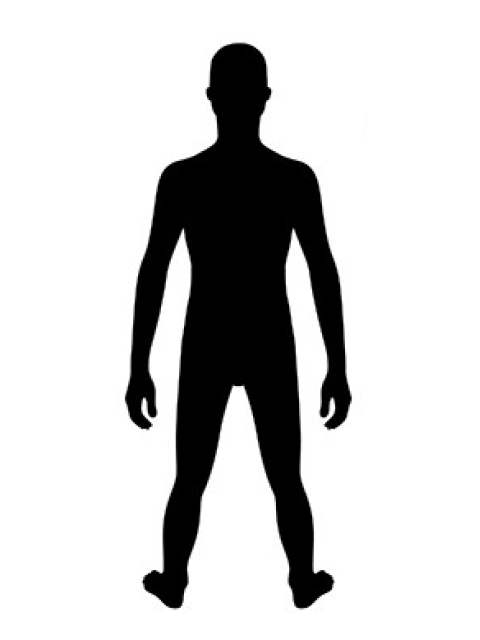


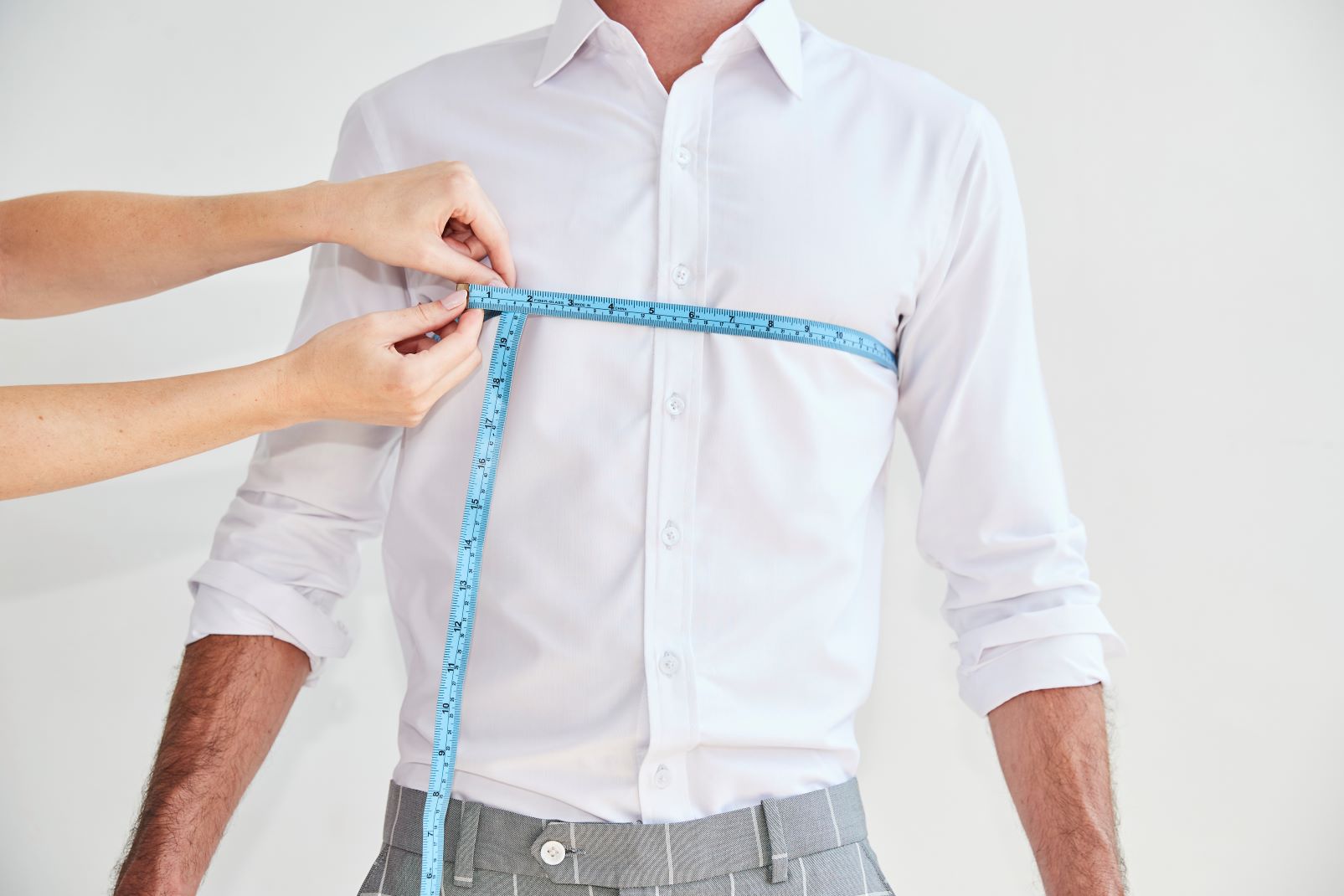



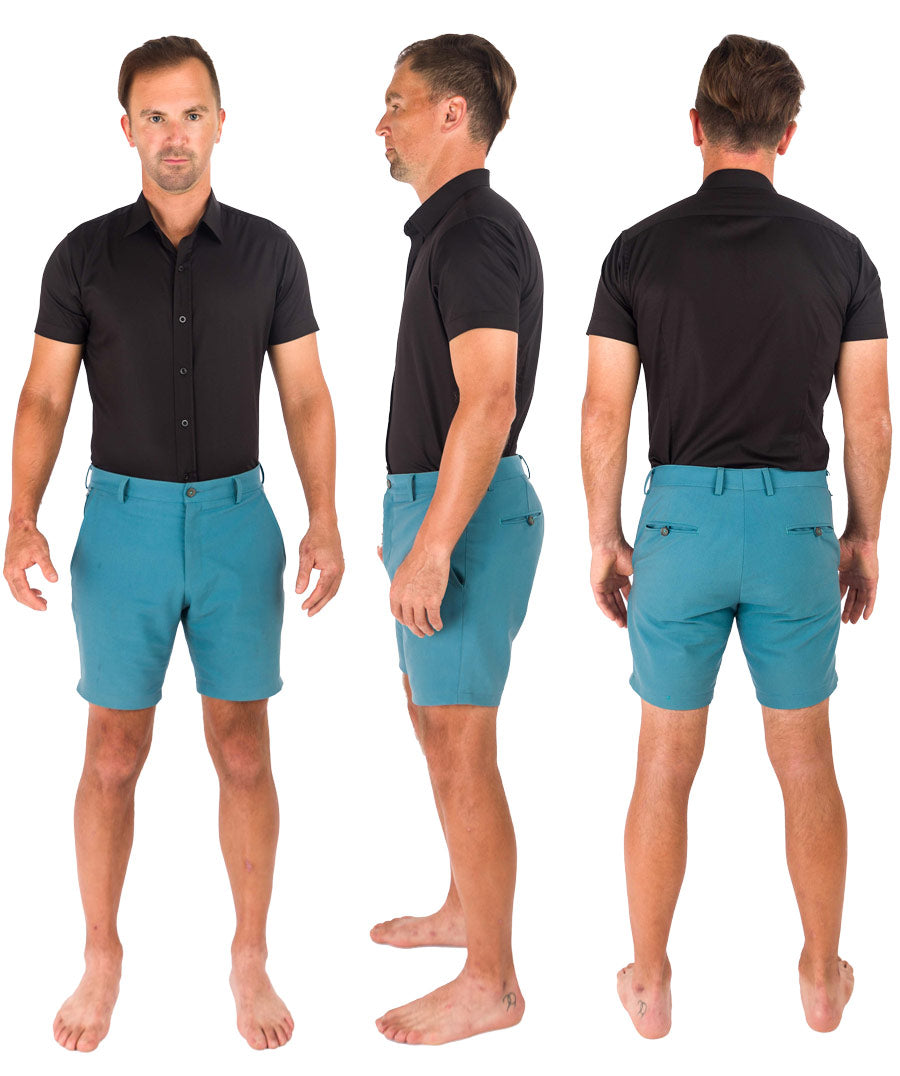
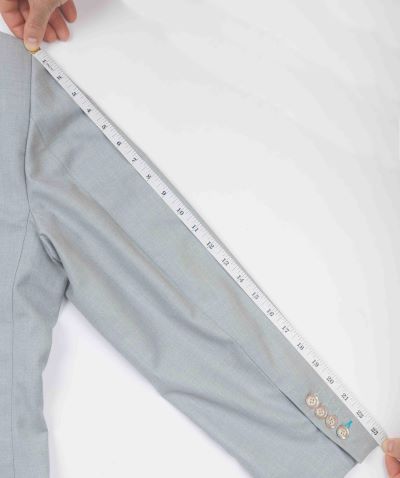
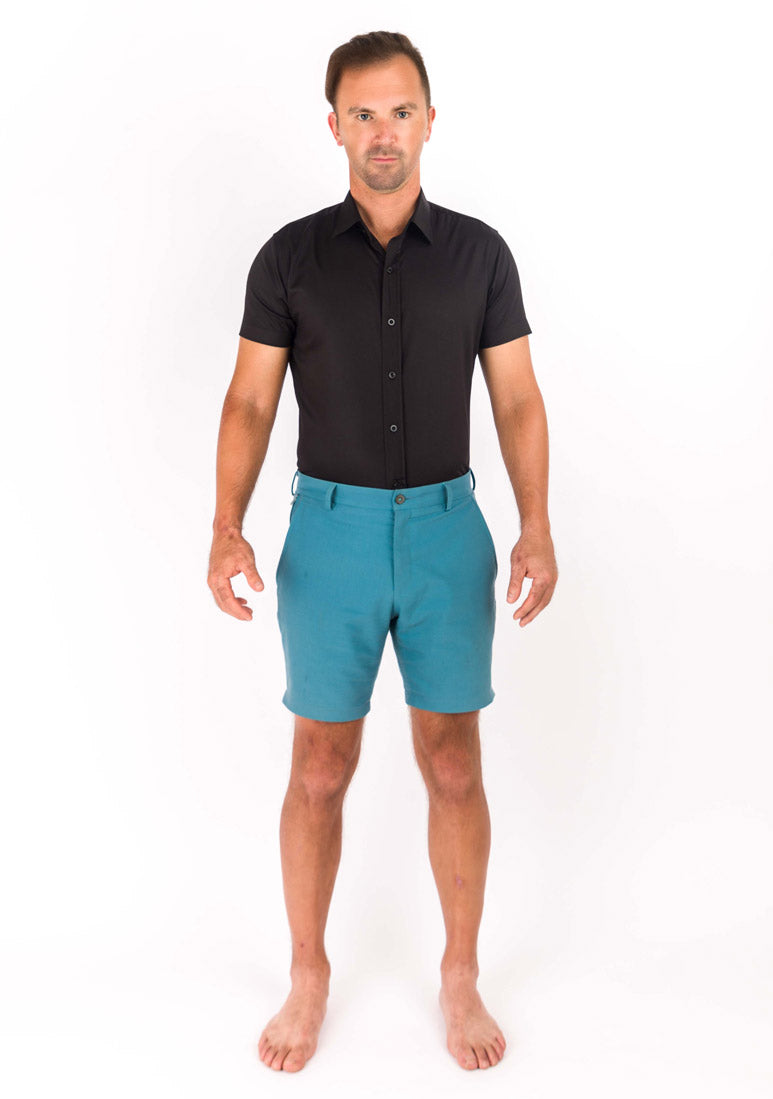
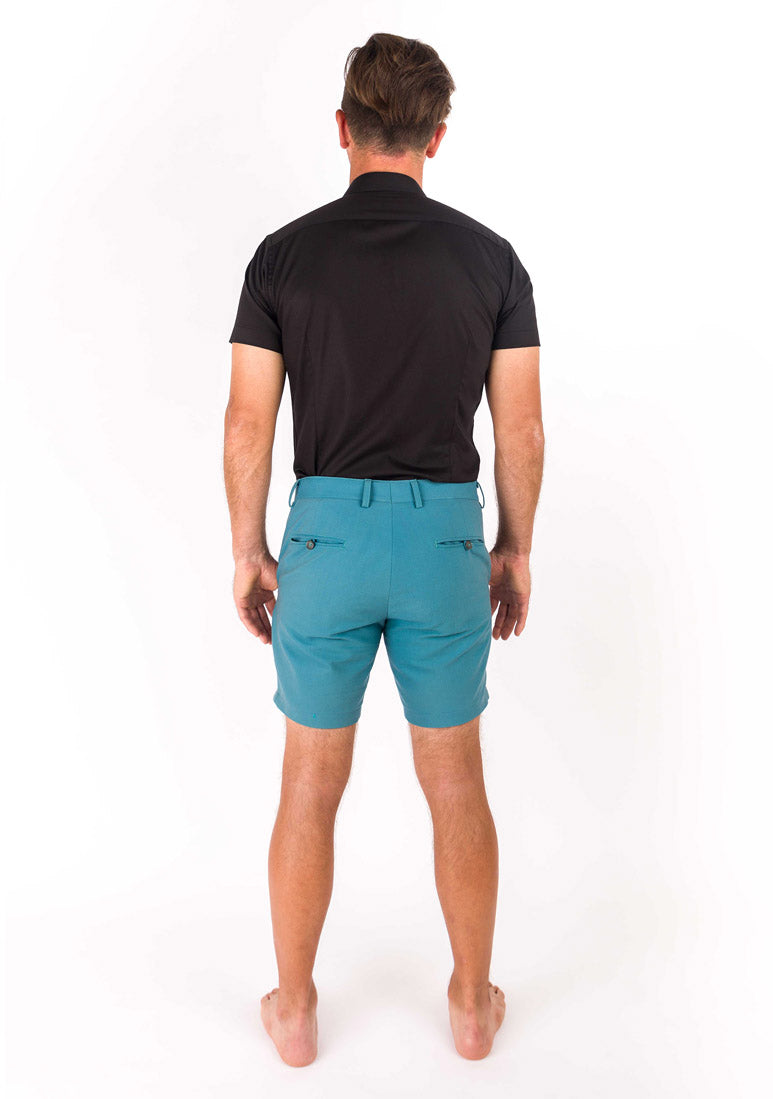
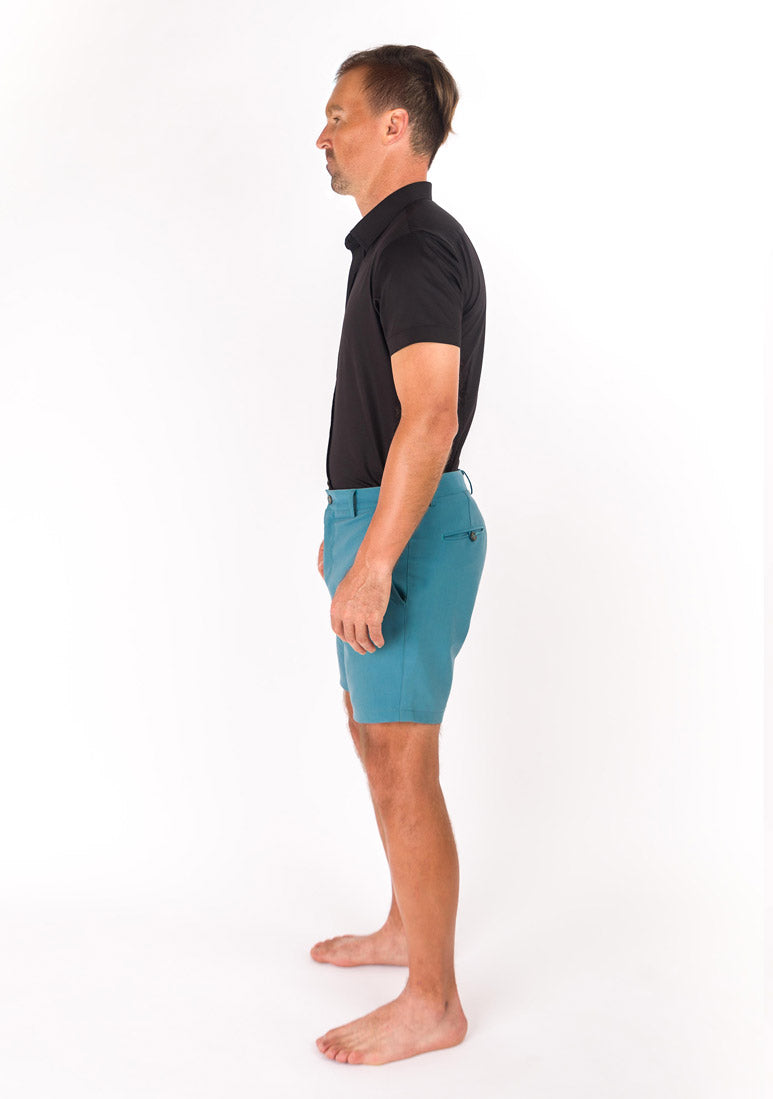

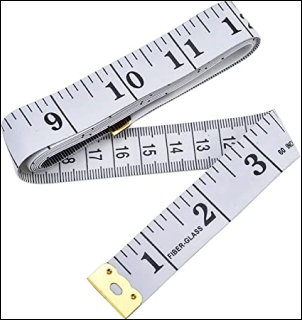
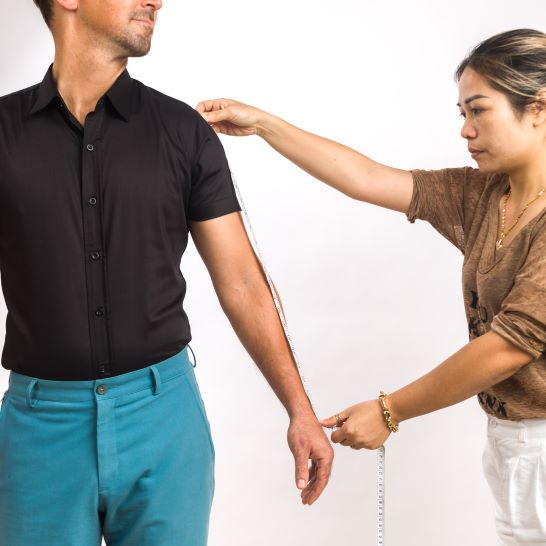
Leave a comment